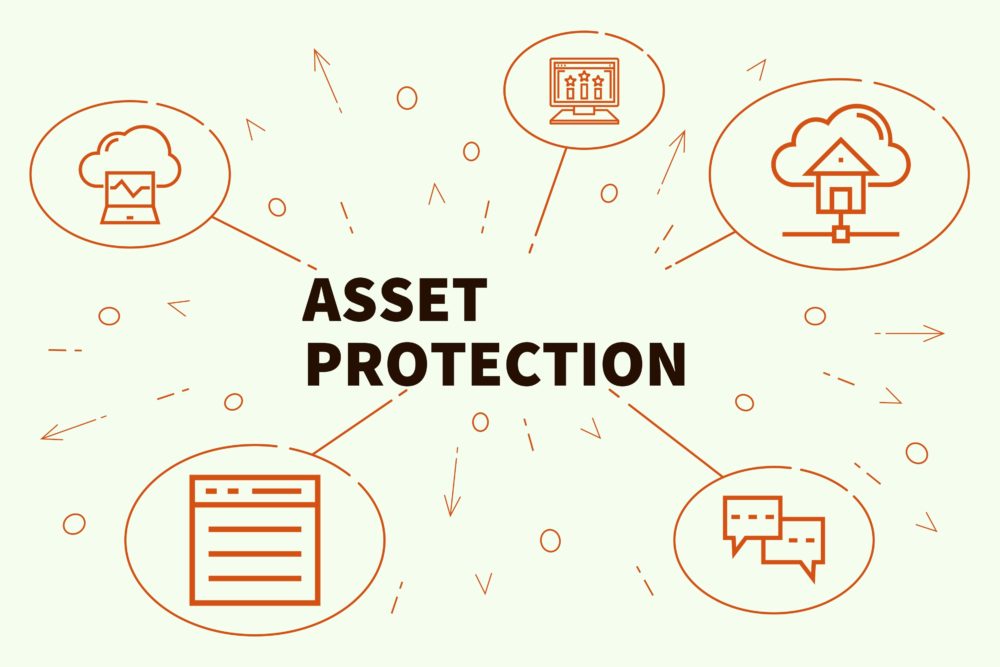Safeguarding Your Assets: A Guide to Choosing the Right Insurance Protection for Your Property

As a homeowner or property owner, you understand the value of protecting your investments. One of the most effective ways to do this is by investing in the right insurance coverage. With so many options available, it can be overwhelming to navigate the complex world of property insurance. In this article, we’ll break down the essential steps to help you make informed decisions and choose the perfect insurance coverage for your property.
Understand Your Risks
Before you start shopping for insurance, it’s crucial to assess the potential risks associated with your property. Consider factors such as:
- Location: Are you located in an area prone to natural disasters, like earthquakes or hurricanes?
- Property type: Is your property a single-family home, a condominium, or a rental property?
- Value: What is the current market value of your property?
- Possessions: What are the values of the contents within your property, including furniture, appliances, and personal belongings?
Once you have a clear understanding of your risks, you can start exploring insurance options that cater to your specific needs.
Determine the Right Coverage Amount
The next step is to determine the right coverage amount for your property. This involves calculating the cost to replace or repair your property in the event of damage or loss. Consider the following:
- Replacement cost: What is the cost to replace your property with a new, similar one?
- Actual cash value: What is the current market value of your property?
- Extended replacement cost: This coverage provides an additional 25-50% of the replacement cost to account for any unexpected expenses.
It’s essential to ensure that your coverage amount aligns with your property’s value and that you’re not underinsured or overinsured.
Types of Insurance Coverage
Property insurance policies vary, and each offers unique benefits. Some of the most common types of coverage include:
- Dwelling coverage: Protects the physical structure of your property, including the roof, walls, and foundation.
- Personal property coverage: Covers the contents within your property, including furniture, appliances, and personal belongings.
- Liability coverage: Protects you against lawsuits if someone is injured on your property.
- Flood insurance: Provides coverage for damages caused by floods, which are typically not included in standard property insurance policies.
- Earthquake insurance: Covers damages caused by earthquakes, which can be a significant risk in certain regions.
Choose the Right Policy
Once you’ve assessed your risks and determined the right coverage amount, it’s time to choose a policy. Consider the following:




